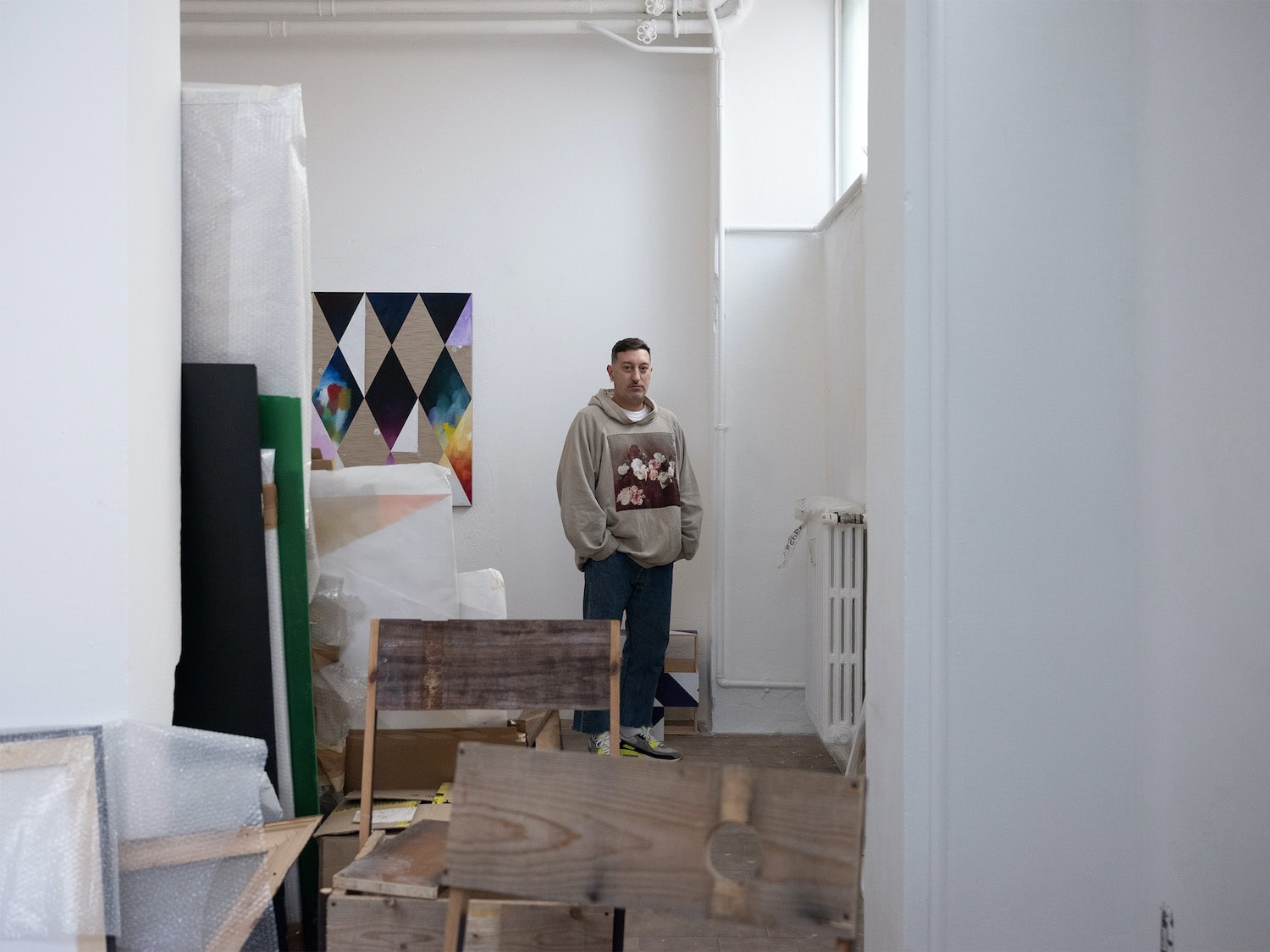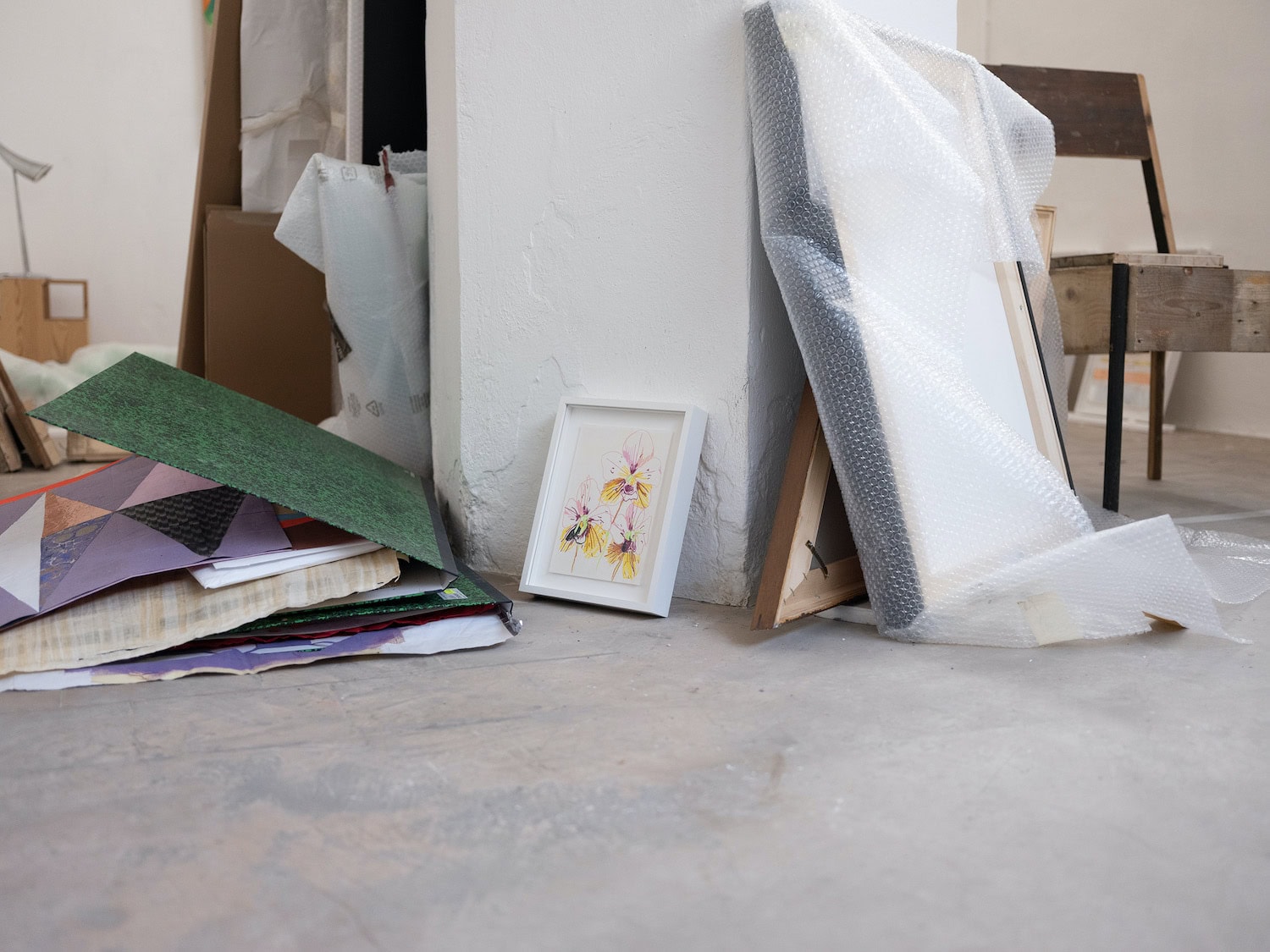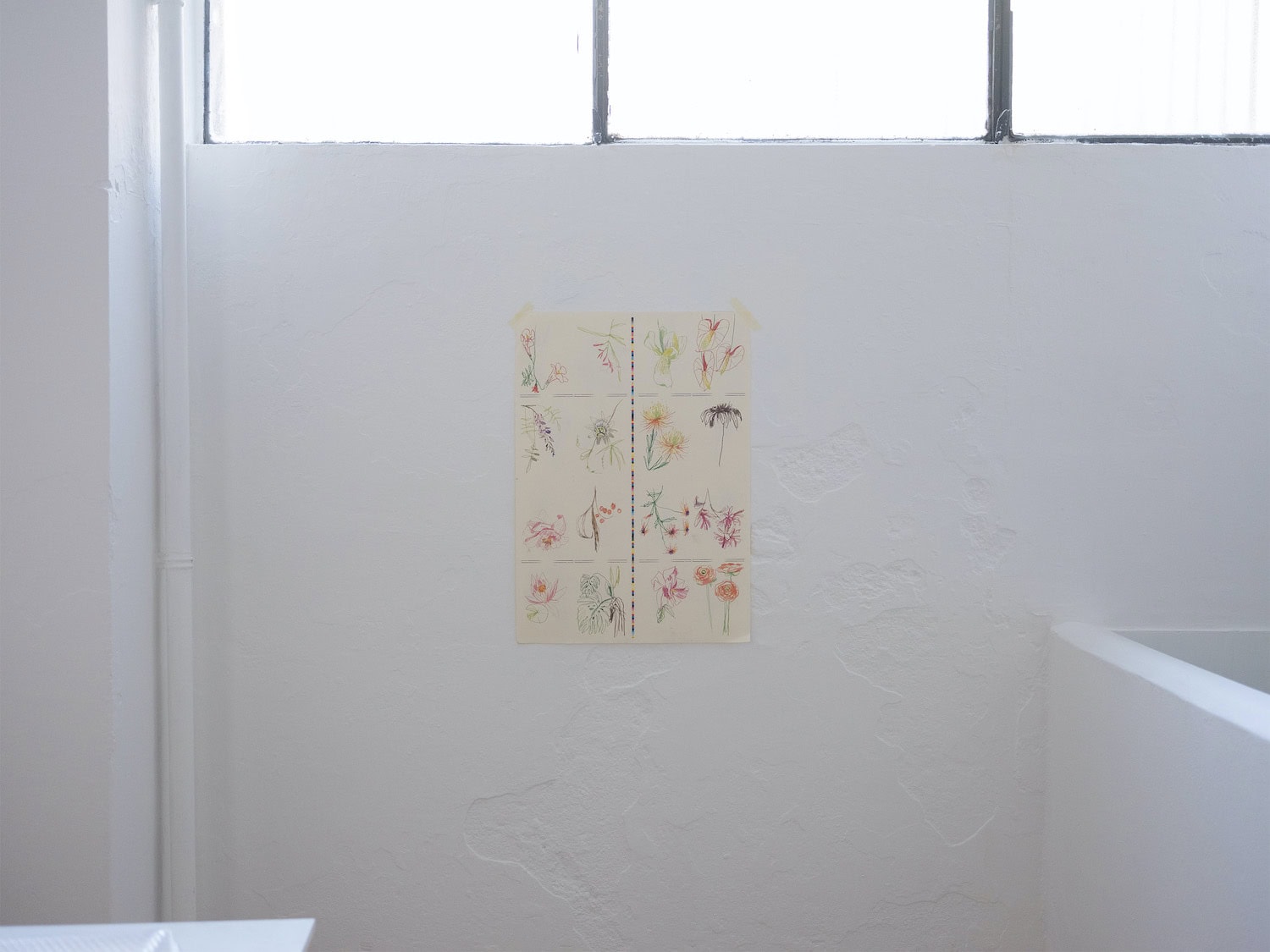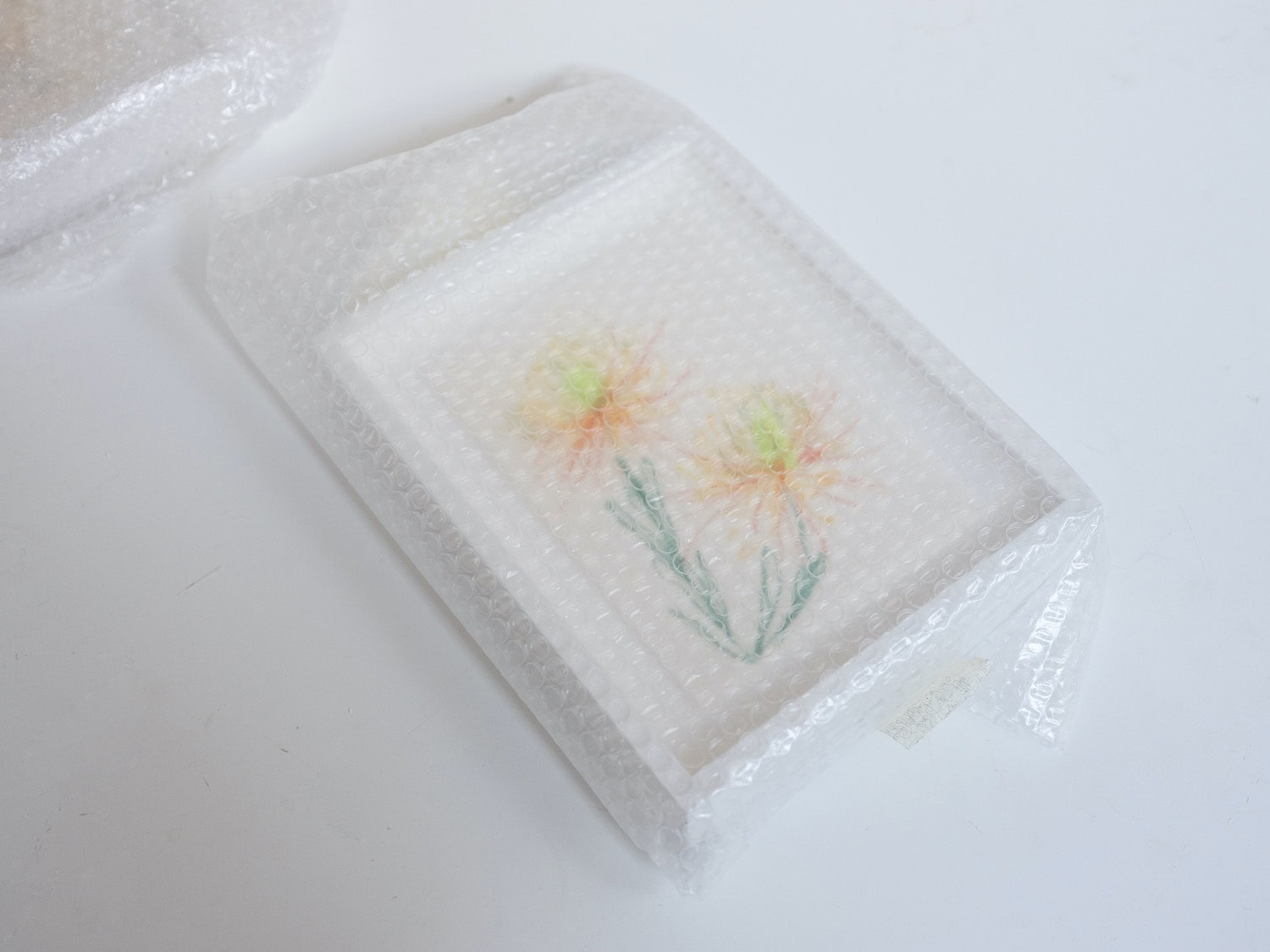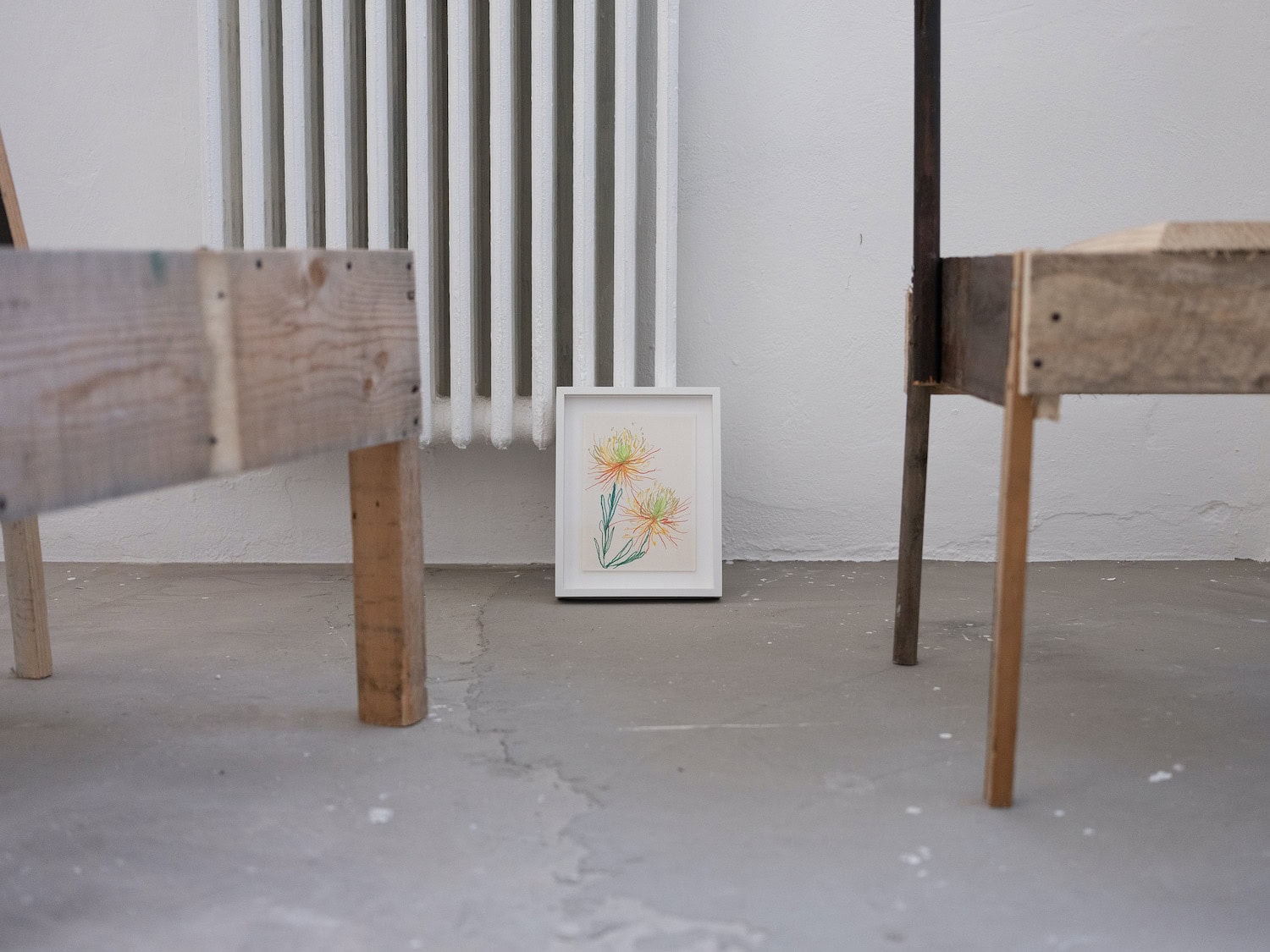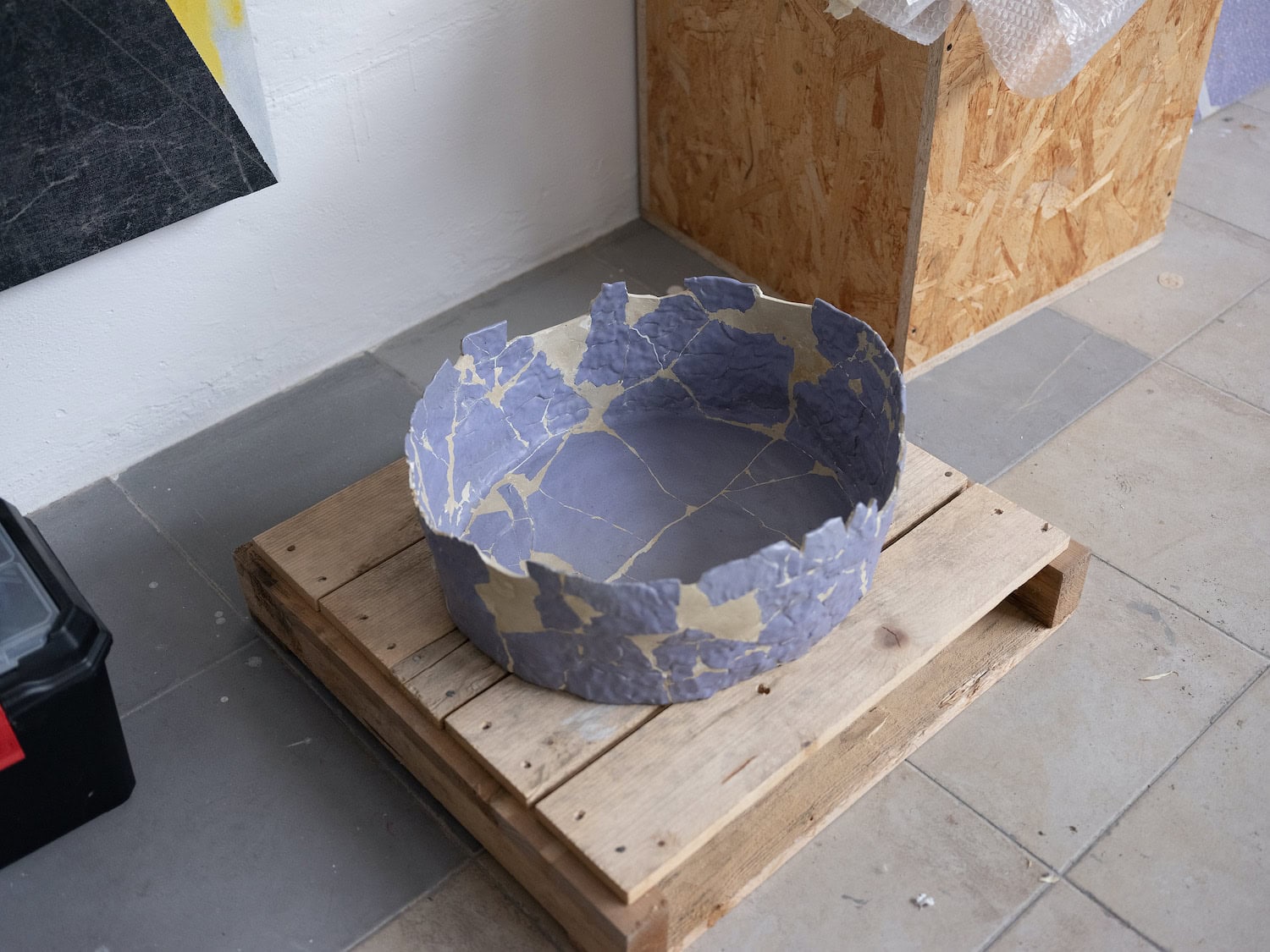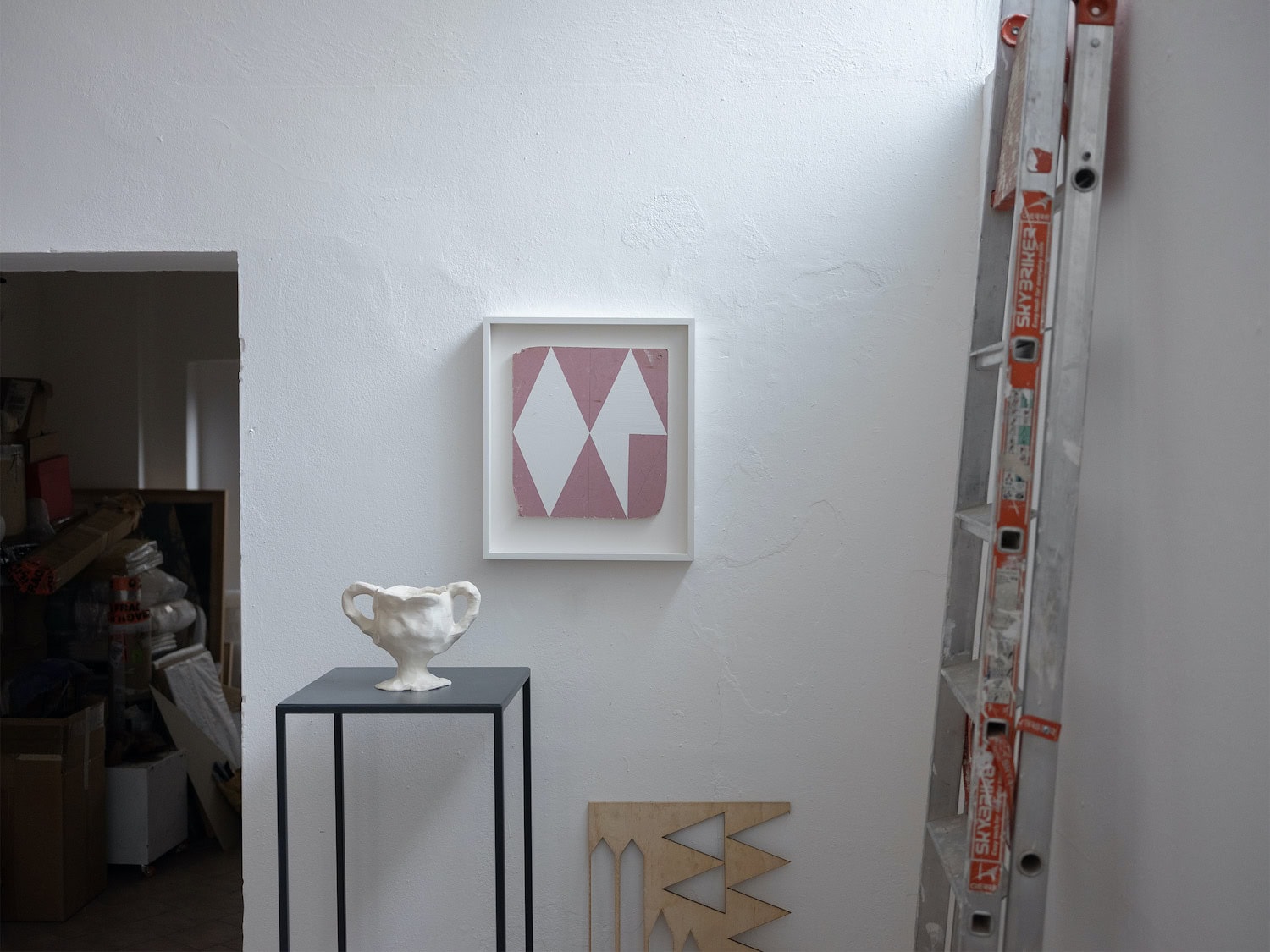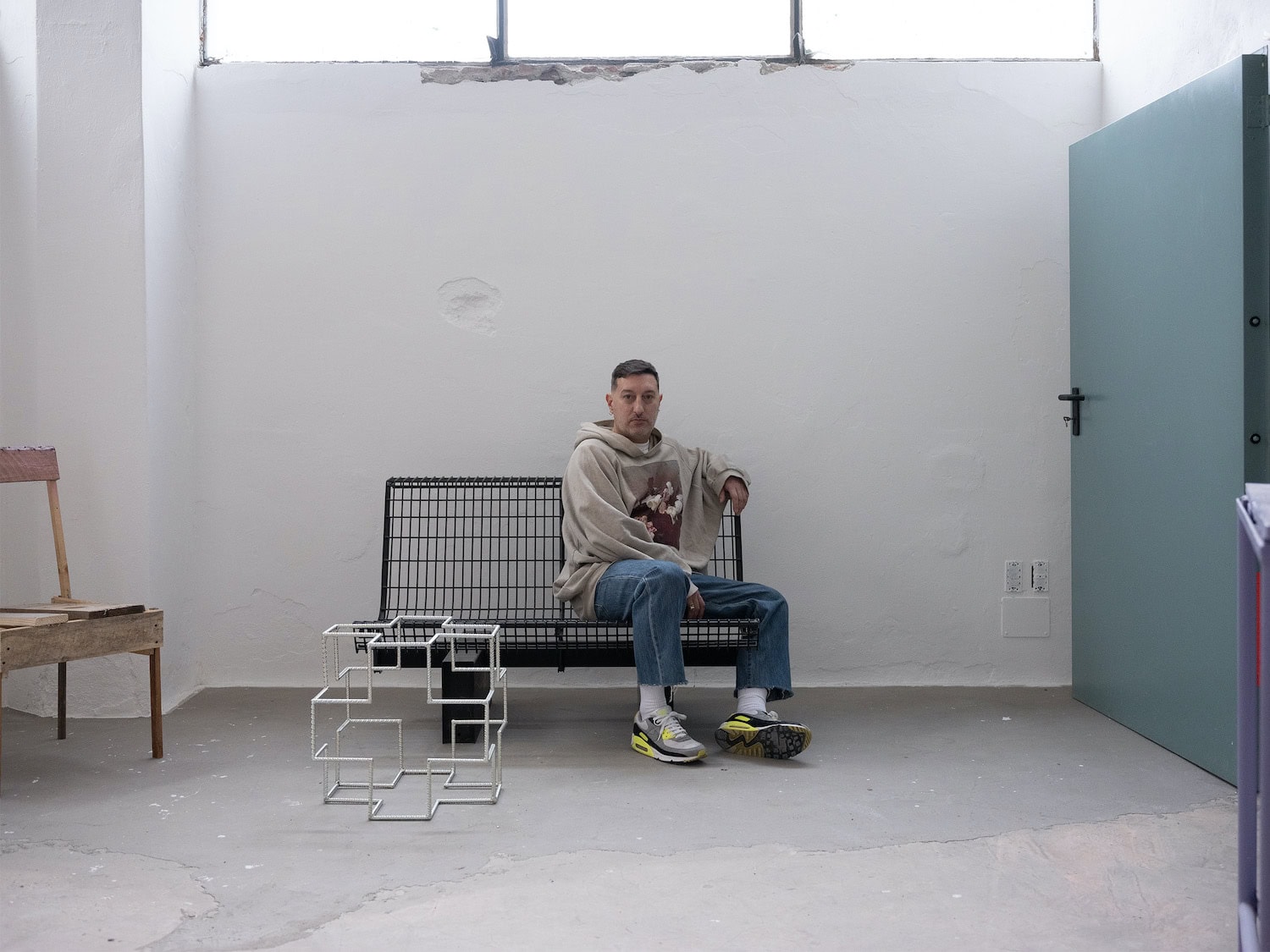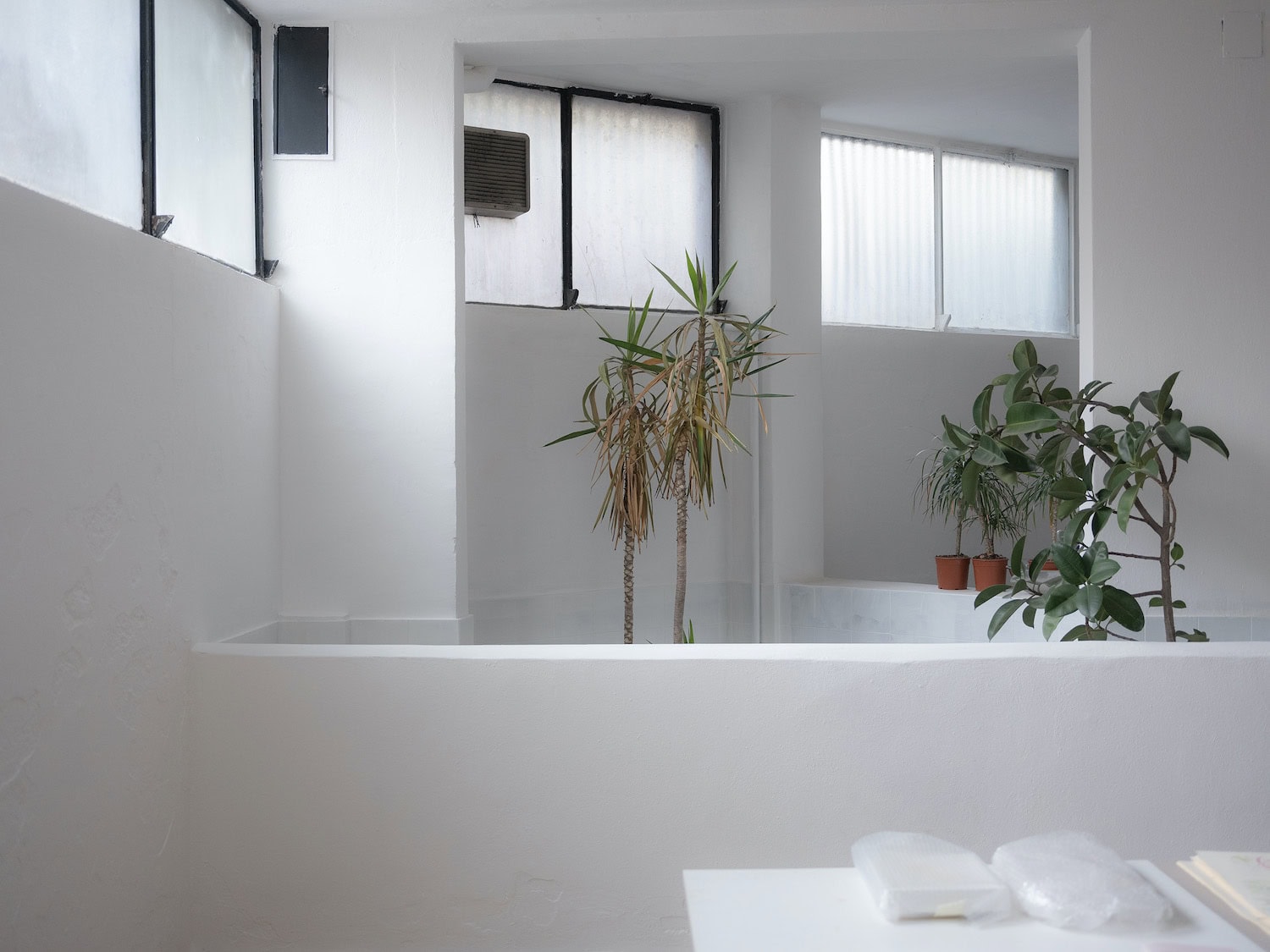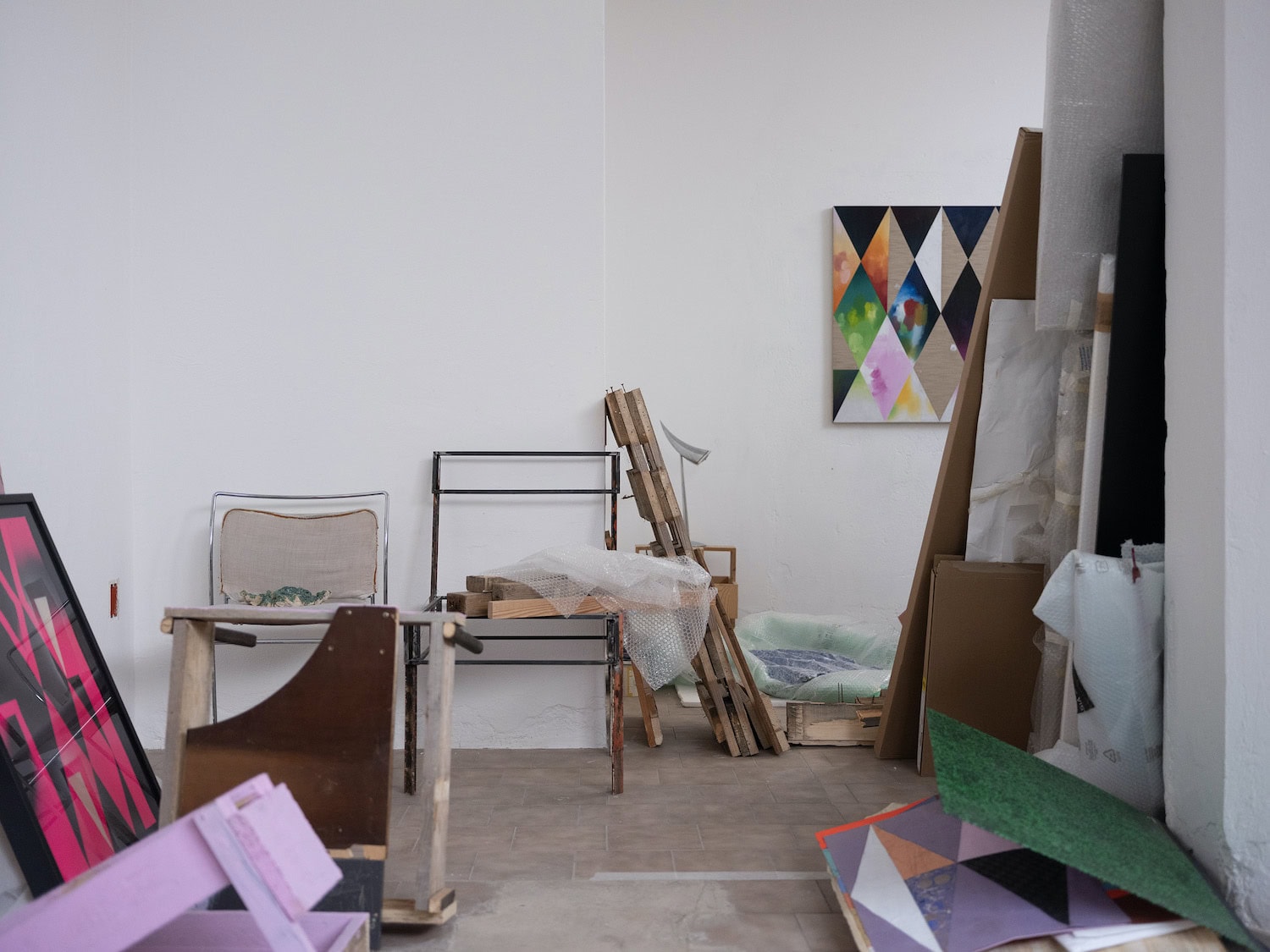The artist Paolo Gonzato recently presented his latest work, entitled Fiori, a collection of flowers created over time in the form of pastel drawings from travels, encounters, memories and internet images. Photographed in his studio, an interview with the artist emerges, in which he explains his work telling us about his mechanisms of creation.
Elena Rebecca Rivolta: Fiori was born from a journey through the hills of Umbria and develops as your journey continues. We find interesting the link between your movement, the matrix of the project, and the desire to document something that, by nature, is delicately rooted in stillness. Would you like to tell us more?
Paolo Gonzato: It’s an interesting vision this, between movement and ephemeral stillness, that I hadn’t thought about, actually it’s a bit like throwing a graphic anchor into the earth to somehow remain attached to it. Normally my work is deliberately conditioned by precise, thought-out rules and ideas and goes beyond pure instinctiveness. In this case, I have planned the opposite, i.e., a soft approach linked to the moment and suggestions like postcards.
ERR: The work is presented as an anthology, consisting of 41 colour drawings. Is it possible to describe your operation as an attempt at mapping and archiving?
PG: Yes the word “anthology” literally means a collection of flowers, hence an emotional archive. Flowers in history and customs are strongly symbolic and determining in terms of representation and gender. It is a map linked to situations, journeys and memories resulting from fierce editing.
ERR: Your practice has over time seen the use of different languages, ranging from sculpture to design. Would you like to tell us why you chose to present, what could be considered a series, in the format of a book?
PG: Let’s say that the series of drawings in the book came together in its original form, coming from a notebook in the same A5 format. I wanted to respect this and reconstruct it as it was in the beginning.
ERR: Speaking of the languages that inhabit your artistic practice, these linear and instinctive drawings do not neglect a particular attention to the plasticity of the elements portrayed. Is there a sculptural intention behind your sign?
PG: I studied at the Brera Academy of Fine Arts and drawing has always been one of my favourite practices, yet I have not included it as a protagonist in my work for some time. An exhibition 20 years ago focused on the male nude with sketches made from life entitled “The Glory Hole Collection”. Probably the practice of ceramic modelling that came later also accentuated the three-dimensionality of the sign through the use of pastels.
ERR: In addition to live documentation, on the territory, some of the flowers you stylised are the result of research conducted on the web. Can it, therefore, be said that your detournement has moved beyond the plane of the real to that of the ether?
PG: The media aspect of nature in times of the Anthropocene and post-reality also passes through the image conveyed by various media, so for me, the experience of seeing is not different between a garden on the hills and a mobile phone screen in a hotel room. There are flowers and plants whose symbolic value I cannot immediately experience, which prompted me to look for an available simulacrum of them, hence the switch to the ether.
